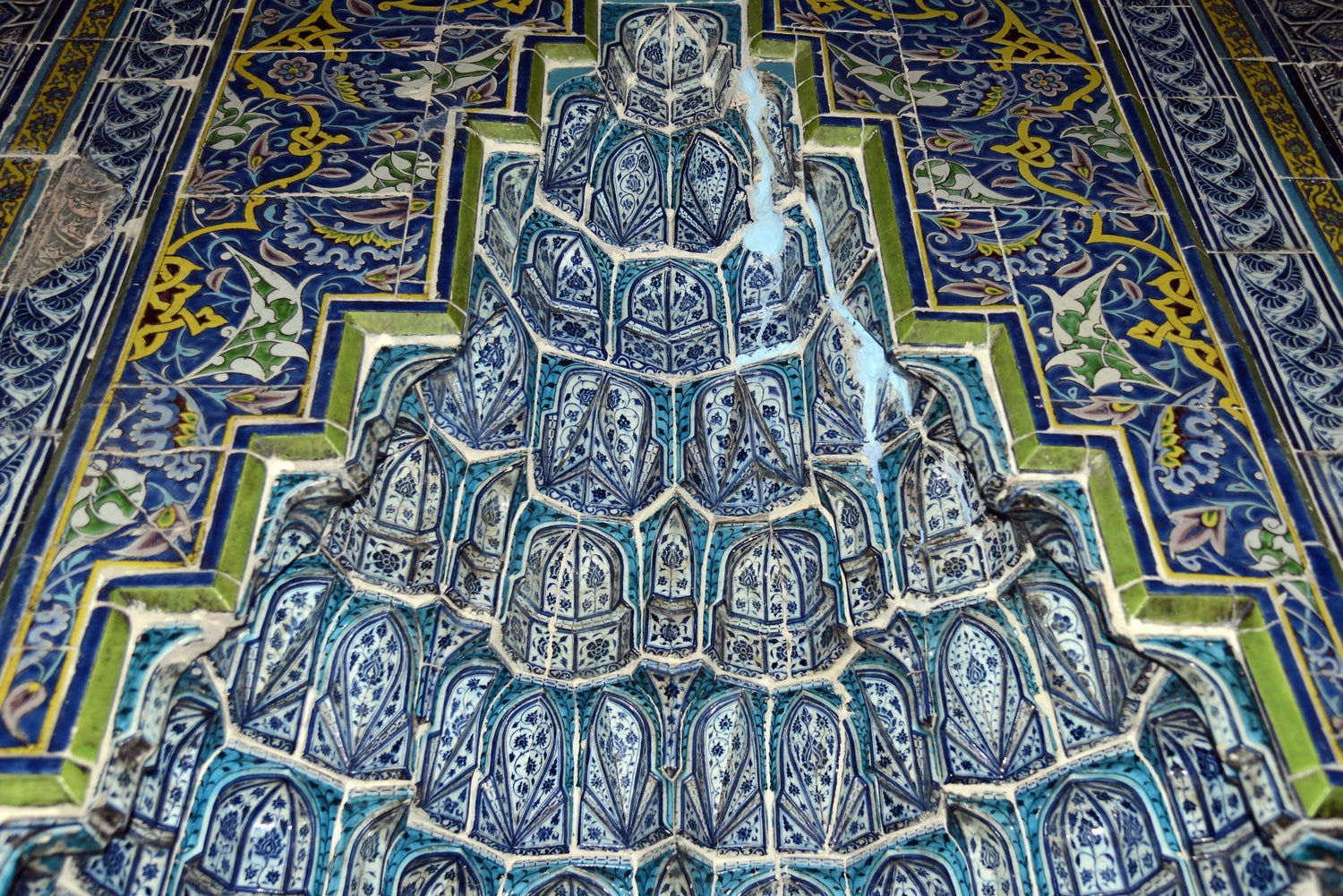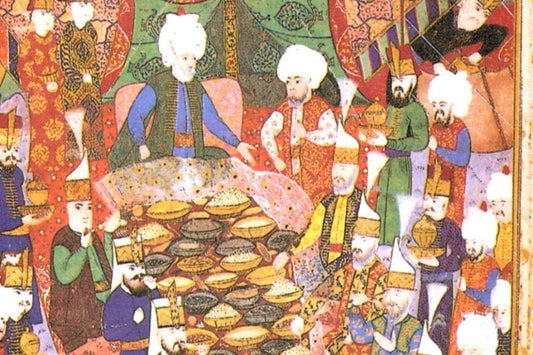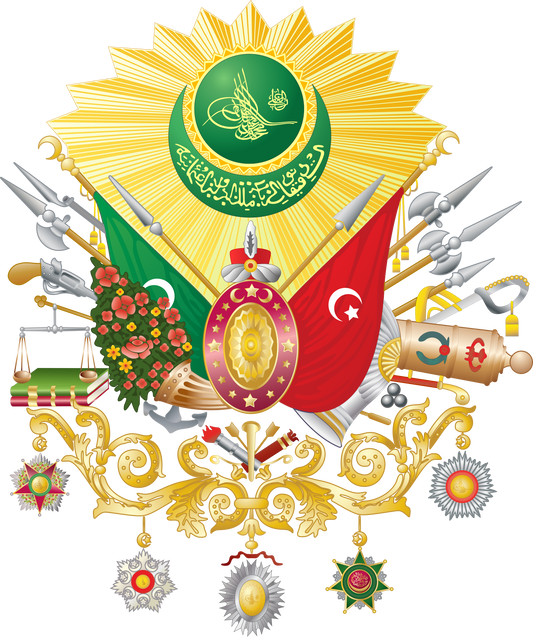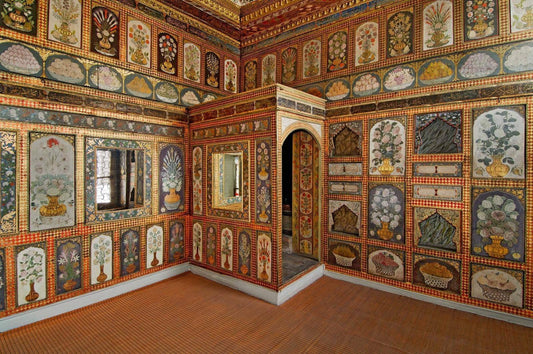The Battle of Ankara in 1402 marked a particularly challenging period for the Ottoman Empire. The Ottomans, defeated by Tamerlane in this battle, suffered their first major defeat in history. However, this defeat actually sowed the seeds of a long-term cultural evolution. Following this battle, Timur took many Ottomans as captives to Samarkand. These captives were introduced to Timurid culture and acquired new skills, knowledge, and artistic insights. In this article, we will examine in detail how one of these captives, "Nakkaş Ali," and the other masters who returned with him from Samarkand influenced Ottoman architecture and decorative arts, and how this influence contributed to the subsequent development of the Ottoman Empire.
Nakkaş Ali and Sultan Mehmed I Complex
One of these prisoners, "Nakkaş Ali," was actually Ali İlyas. Ali İlyas also worked on the Sultan Mehmed I Complex in Bursa, built between 1424 and 1429. This complex is considered one of the most significant architectural achievements in Ottoman history. Ali İlyas marked the year 1424 by signing the hand-drawn murals on the walls.
Fatih Mosque and Persian Style Decoration
Although the Fatih Mosque in Istanbul features Ottoman architecture, it stands out for its Persian-style decoration. Its striking feature is its cut stone structure and marble walls, which not only constitute the only example of tiled interiors seen in Anatolia up to that time, but also the striking contrast between these two elements.
Inside the mosque, gilded, monochromatic glazed hexagonal tiles were used to enhance the richness of the interior. There are also tiles made with cut tiles and colored glaze techniques, known as cuerda seca. Cuerda seca uses thin lines of oil paint to define the contours. This paint prevents the colors from bleeding during firing. This technique had not been used before by the Ottomans.
The Green Complex and Iranian Aesthetics
The exterior of the Green Complex is covered with tiles, which give it its name. This decorative style was not an extension of 14th-century Ottoman art, but rather developed through an aesthetic vision derived from Iran. This suggests that Nakkaş Ali was influenced by the magnificent tiles of Samarkand and Herat and contributed to the application of this aesthetic in Bursa.
The masters also added their names to the mihrab, inscribing it with the inscription "Amel-i Ustadan-ı Tabriz" (Work of the Masters of Tabriz). The signature of one of these masters, Muhammad al-Majnun, also appears in the Green Mosque. The juxtaposition of colored glaze and cut stone techniques was previously seen only in Samarkand.
Other Works of Masters from Tabriz
Following the completion of the Green Complex, Tabrizi craftsmen also created the tiles for the Murad II Mosque in Bursa, the Shah Melek Mosque, the Muradiye Mosque, and the Three-Balconied Mosque in Edirne. These works enabled Tabrizi craftsmen to both narrow and expand the range of techniques they employed.
After 1425, the cut tile technique was abandoned. However, underglaze blue and white tiles were used in the Muradiye Mosque in Edirne. This mosque's prayer hall features a massive colored glazed mihrab, similar to the Green Tomb in Bursa. Small chinoiserie motifs appear in the underglaze tiles of the mihrab. Chinoiserie is the European interpretation and imitation of Chinese and other East Asian artistic traditions, particularly in the decorative arts, garden design, architecture, literature, theater, and music.
Underglaze blue-and-white tiles are significant in many ways. In addition to being the first examples of underglaze tiles in Ottoman Turkey, they are also the first examples of blue-and-white tiles and chinoiserie decoration during the Ottoman period. Furthermore, these tiles are related to the blue-and-white tiles made by other Tabriz artists in Syria and Egypt. Furthermore, they are the first examples of fritted ceramics made during the Ottoman period. However, this frit technology is based on alkaline frit unique to Iran, as İznik frit paste is rich in lead.
Latest Works of Masters from Tabriz
After the Muradiye Mosque was completed in 1436, Tabrizi masters abandoned the blue-and-white color scheme. Instead, they began using colored underglaze techniques and expanded their color palette. The last known works by Tabrizi masters include the arch pediments in the Üç Şerefeli Mosque in Edirne and the Fatih Mosque courtyard in Istanbul, as well as the tiles in the Cem Sultan Tomb in Bursa.
Contributions of Timurid Influence to Ottoman Culture
It's true that the Timurid invasion dealt a heavy blow to the Ottoman Empire, but it's also worth noting that this event had its positive aspects. The Timurids transmitted the culture and art they had developed in Central Asia and Iran to the Ottomans. This marked a significant turning point in Ottoman culture and art. In particular, the techniques and aesthetics employed by Tabrizi masters in tile-making left a profound impact on Ottoman architecture and decorative arts. This interaction contributed to the diversity and richness of Ottoman culture, which was integral to the Ottoman Empire's enduring success.
Restorations We Made Using the Cut Stone Technique and Colored Glazed Tiles Used by the Masters of Tabriz
The influence of Tabrizi masters on Ottoman architecture and tile art is a fascinating history lesson. We are proud to share our own experiences with you. Our company completed the restorations of the Sivas Gök Madrasa and Çifte Minareli Madrasa using the same cut stone technique and colorful glazed tiles used by Tabrizi masters. Would you like to see the details and results of these restoration projects? To learn how these unique historical monuments were revitalized and how the art of Tabrizi masters is being preserved, please click the links below:
Witness the process of reviving these unique pieces of history and art!




